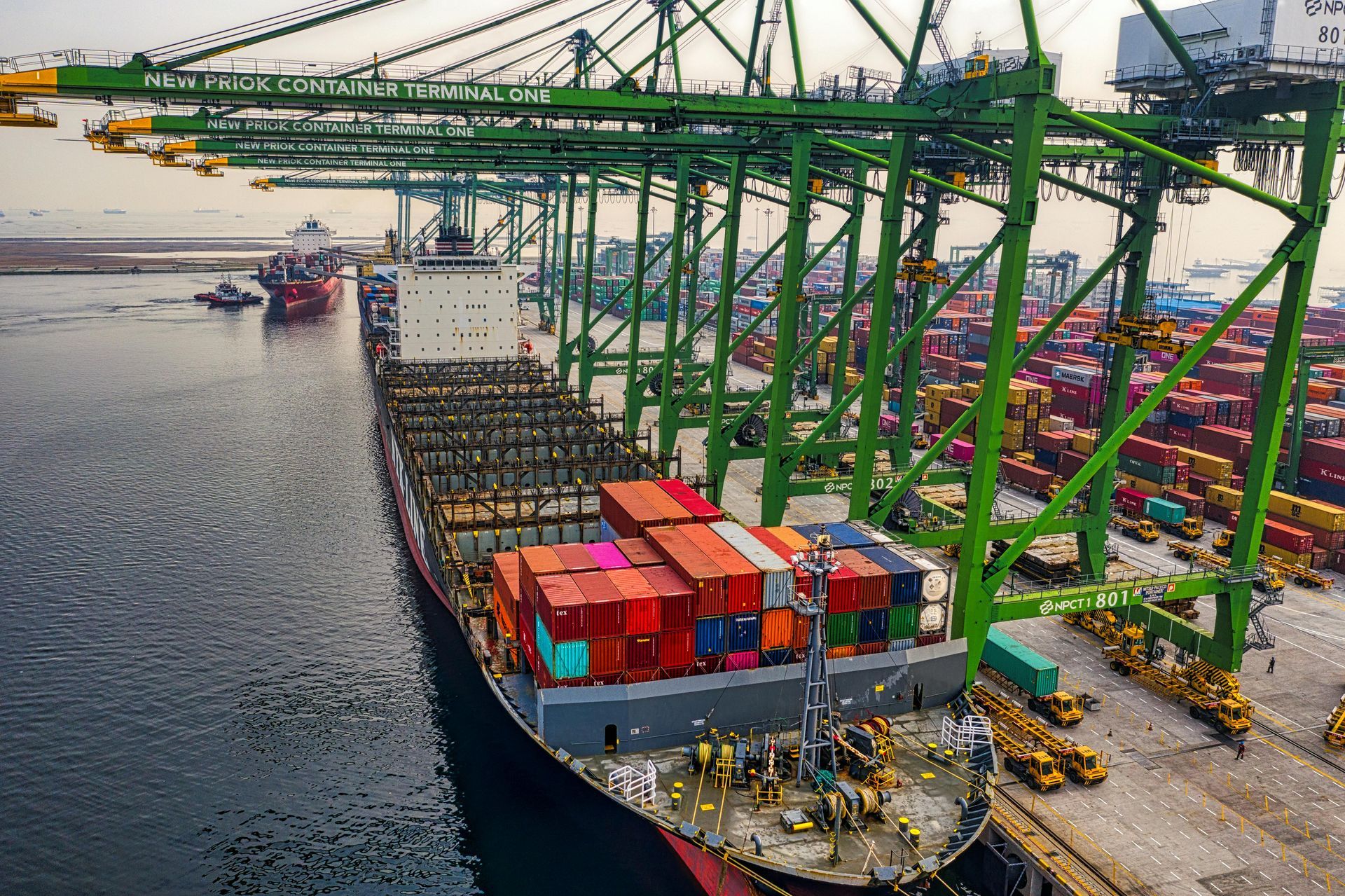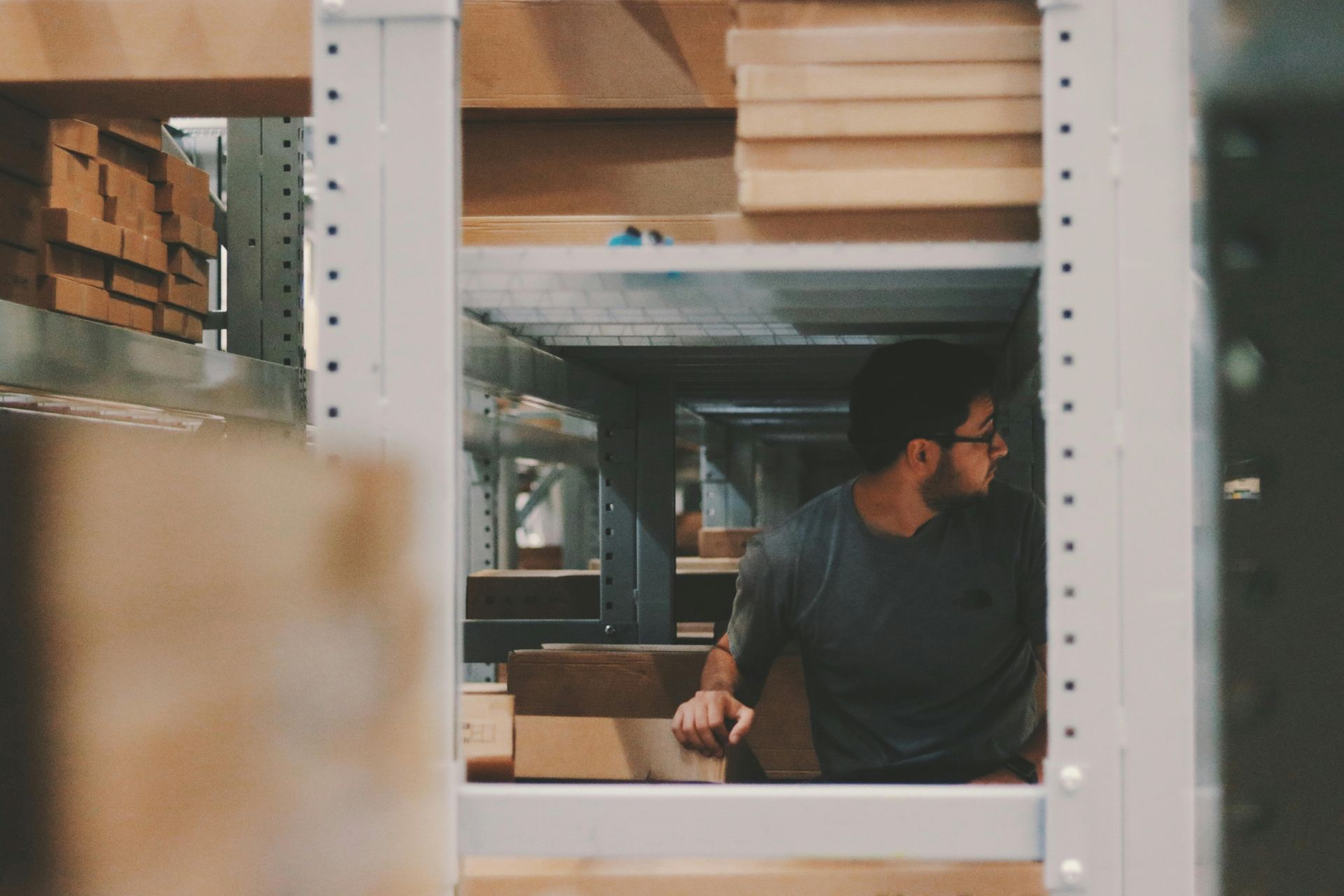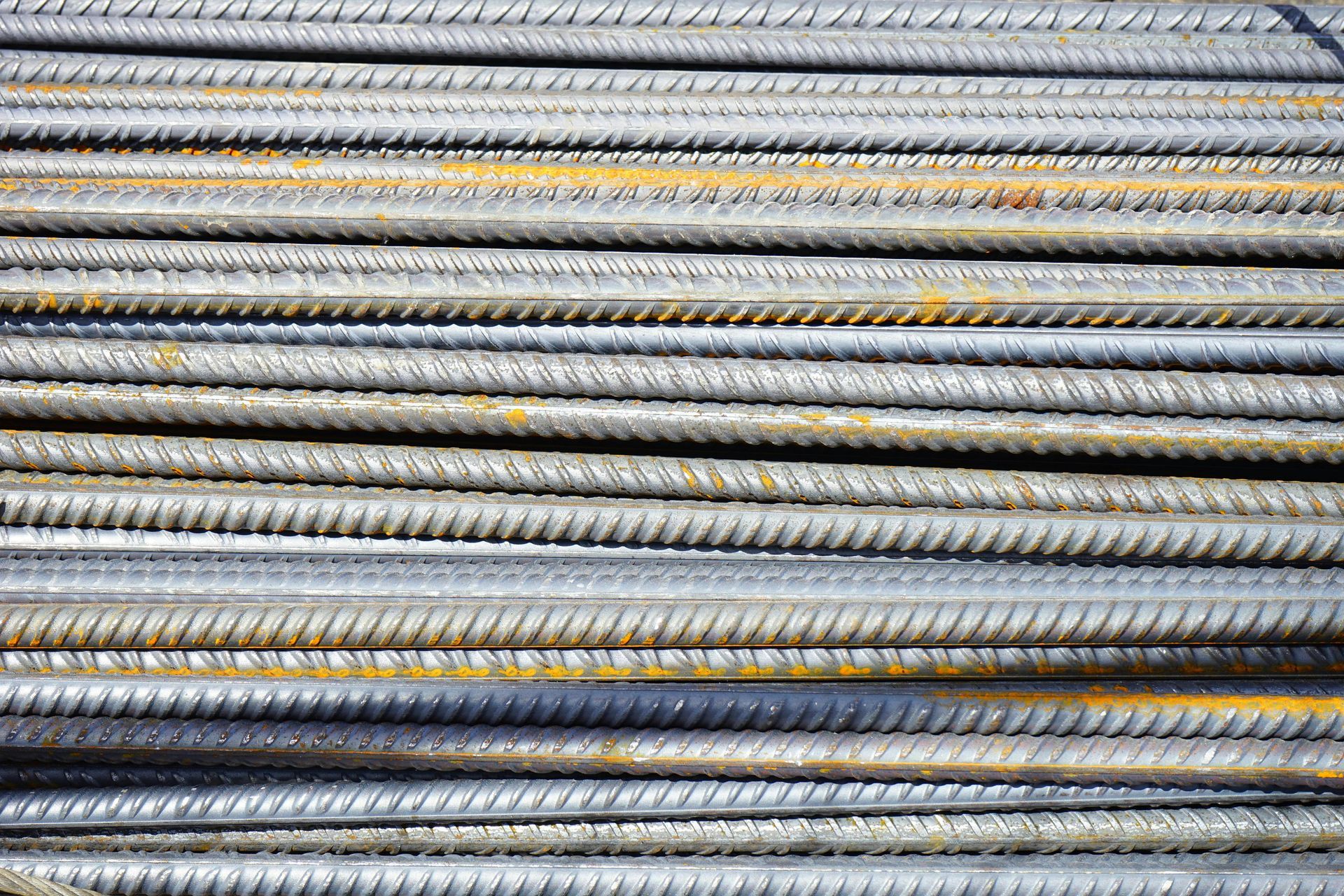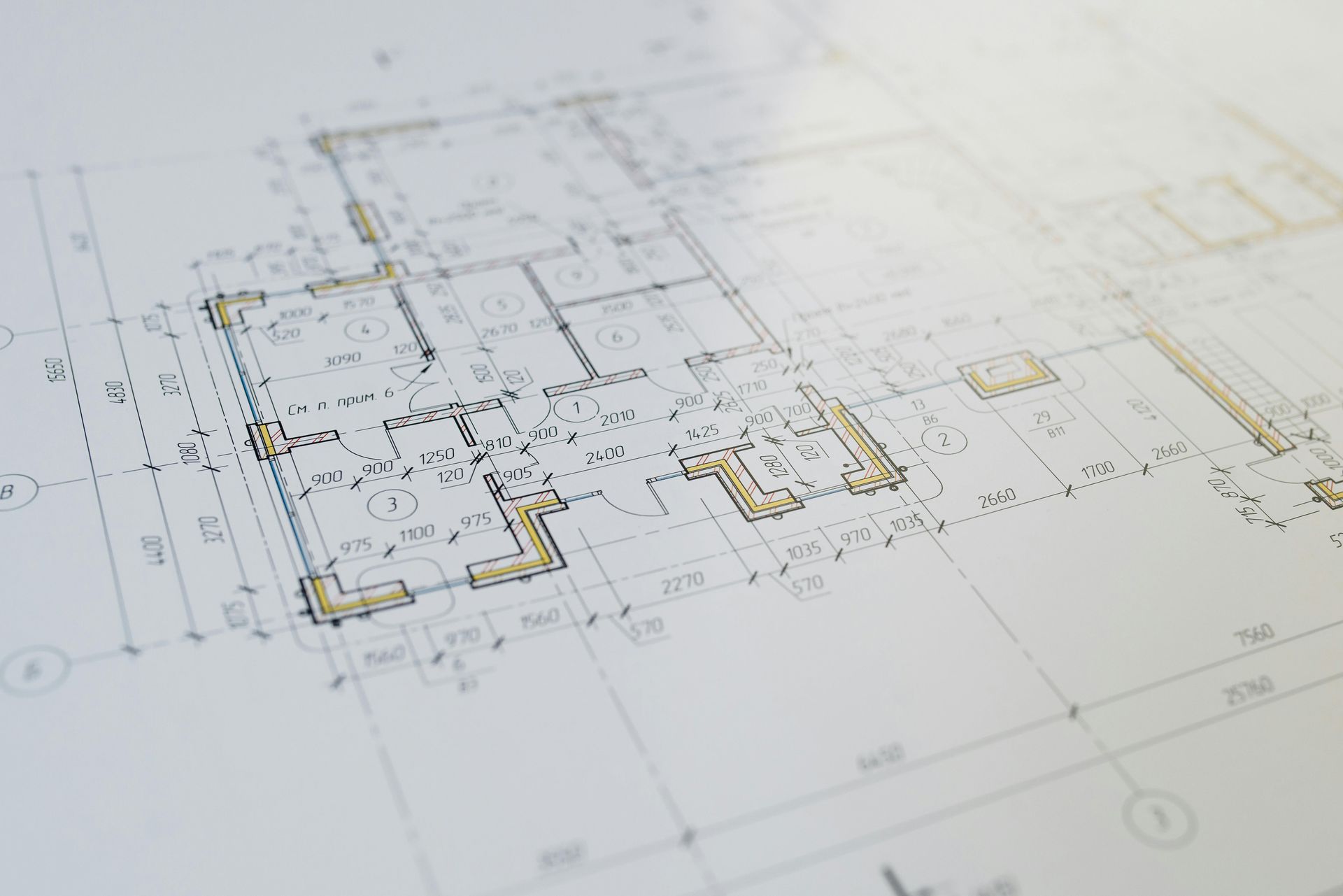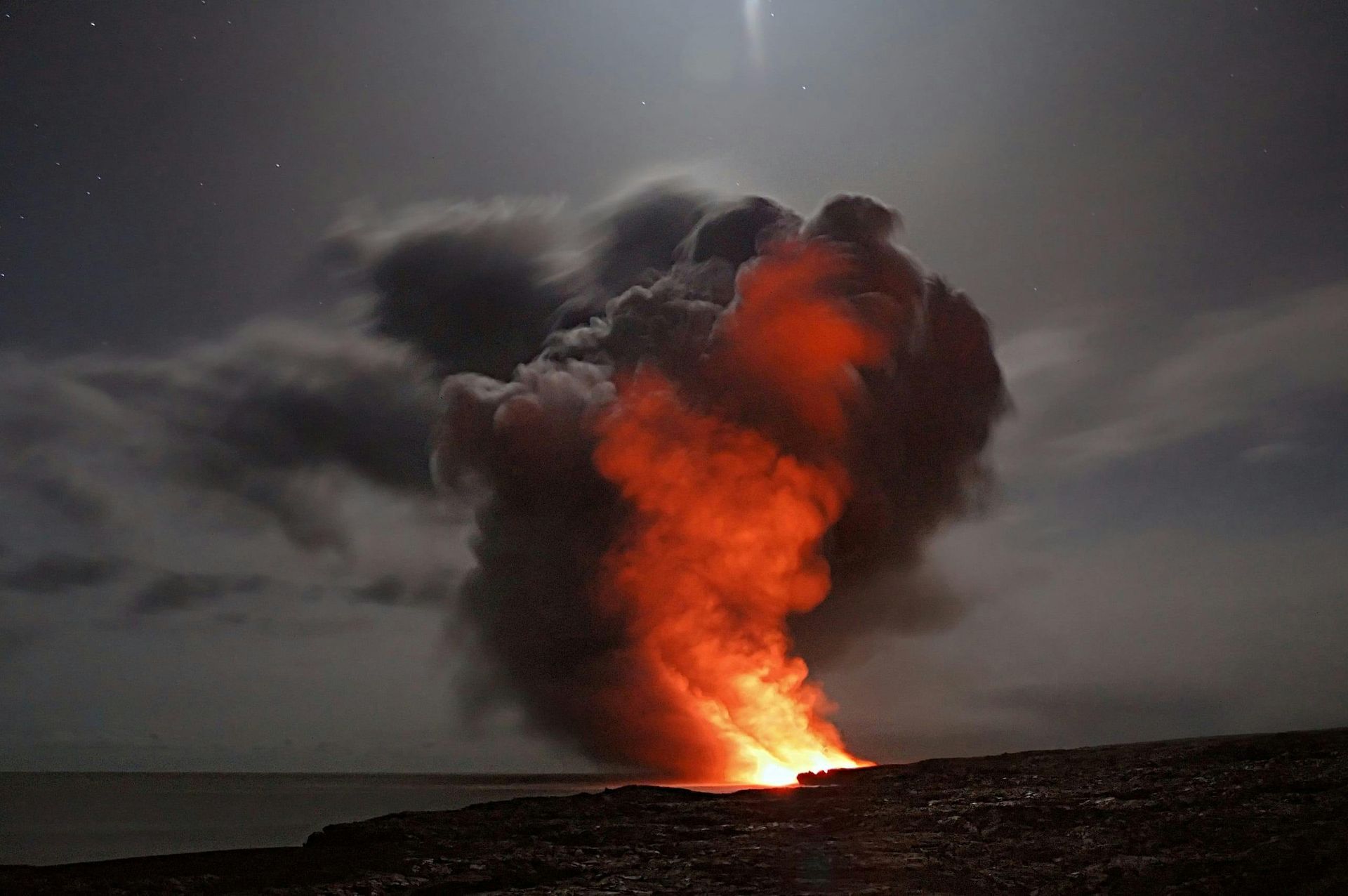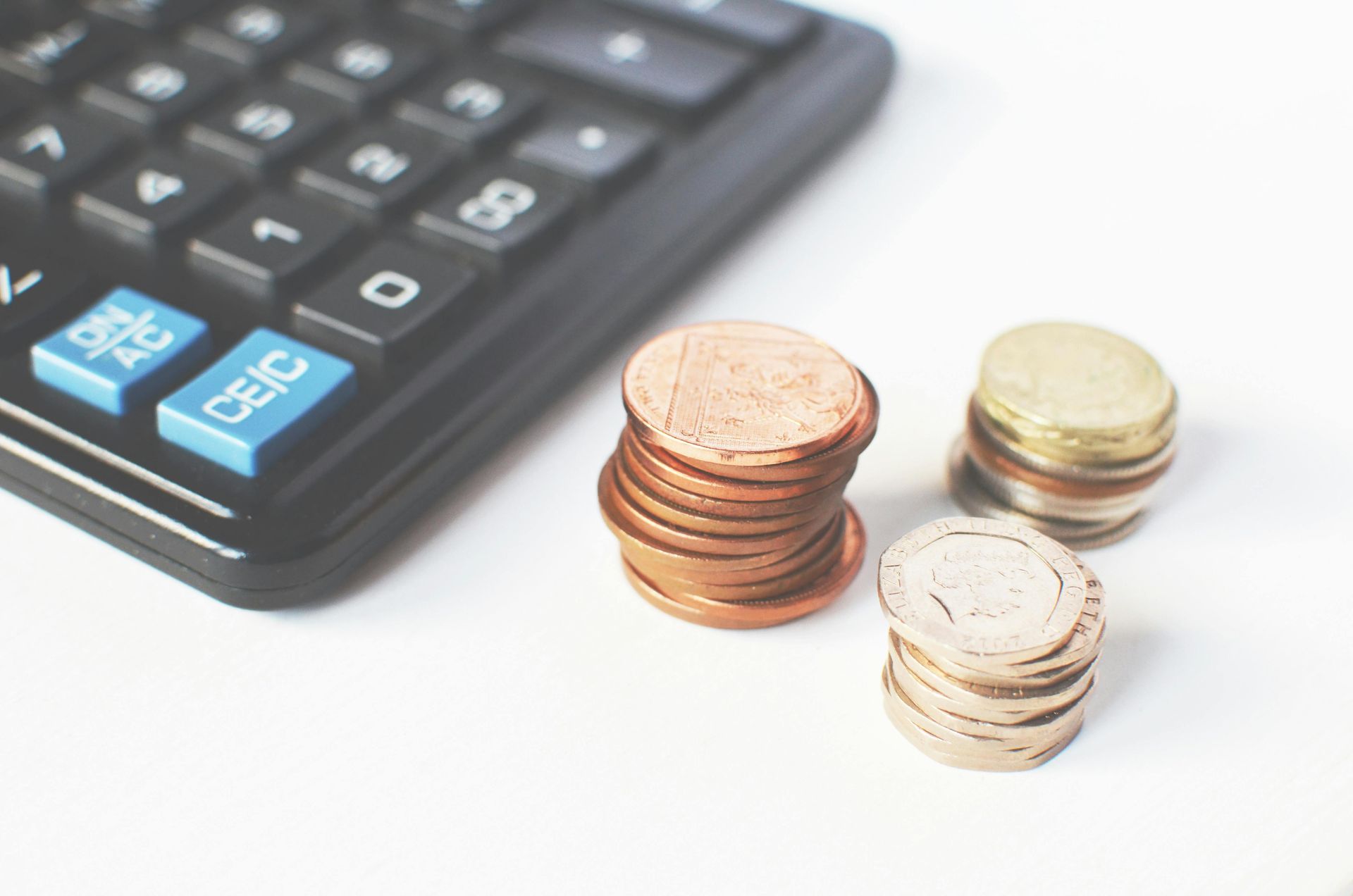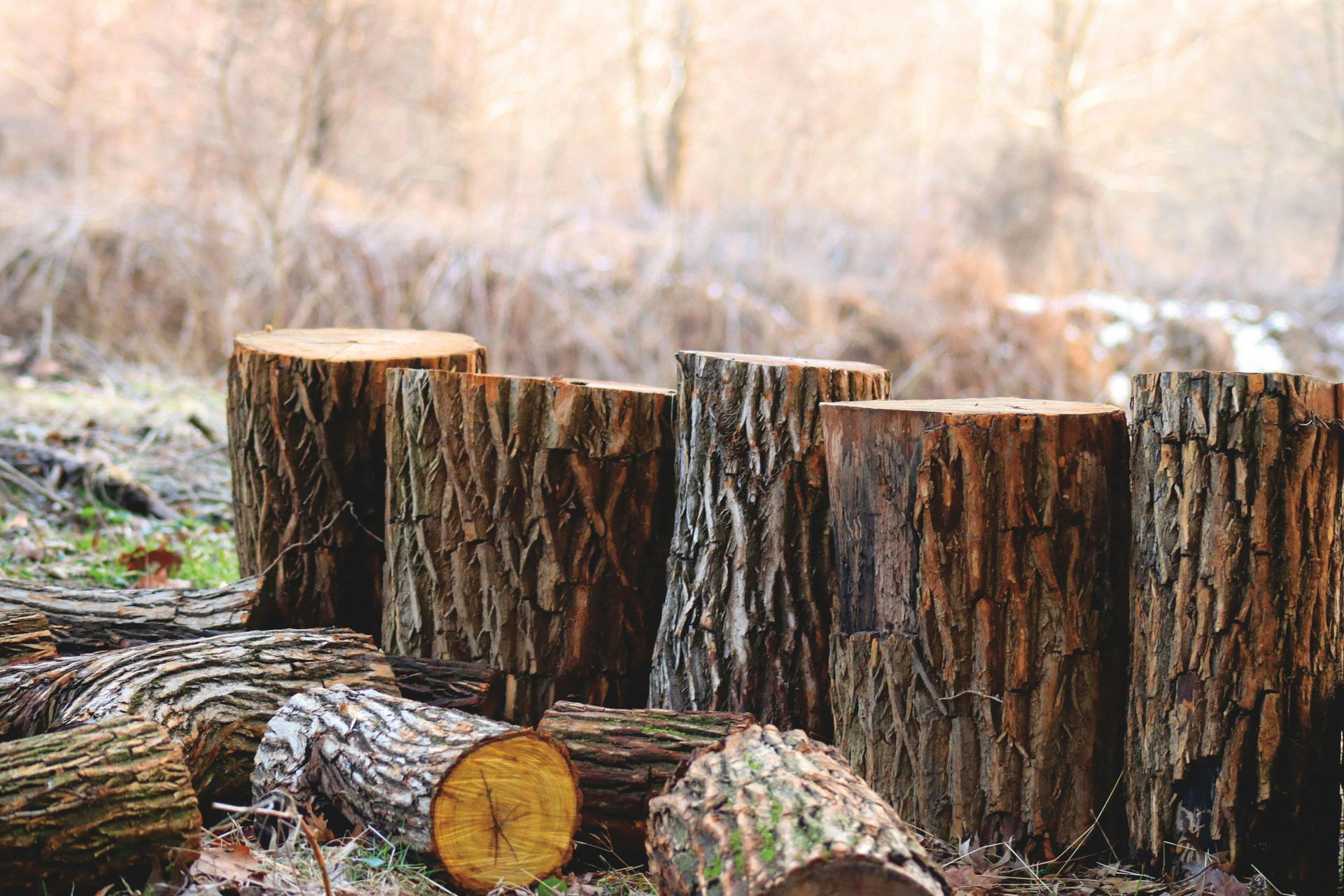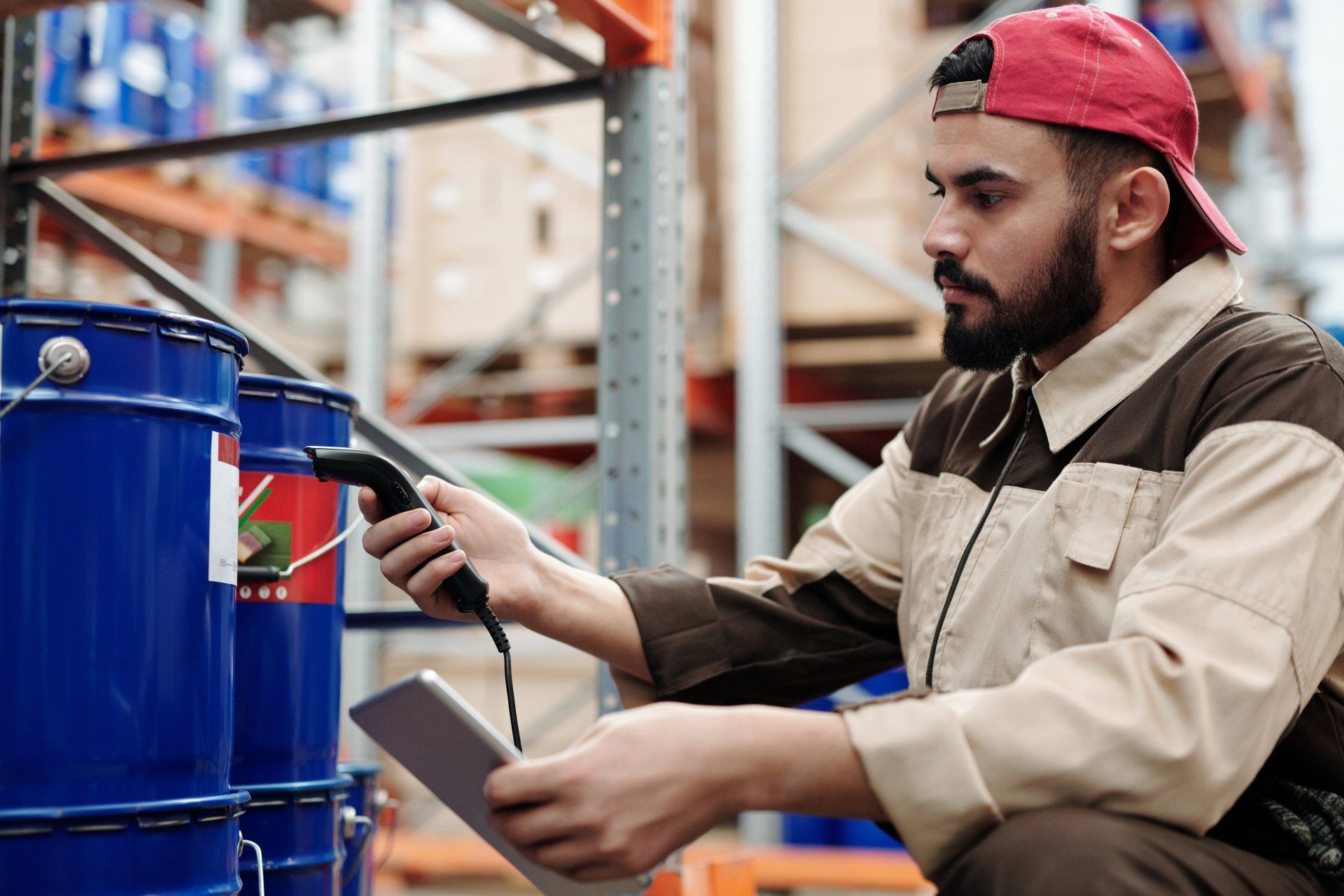The Rise of Sustainable MDUs: Building for a Greener Future
In recent years, sustainable construction has shifted from a trend to a core industry standard. This shift recognizes the pressing environmental challenges we face, such as climate change, resource depletion, and pollution. For the construction of Multiple Dwelling Units (MDUs)—including apartment complexes, condos, and townhouses—the need for sustainable practices is paramount. High-density urban areas present unique opportunities to implement green building principles that can minimize resource consumption and reduce environmental impact at a large scale. This article explores the critical strategies, benefits, and challenges in creating sustainable MDUs and why they represent a crucial direction for the future of housing.
Why Sustainability in MDUs Matters More Than Ever
As cities grow, the demand for MDUs has soared. According to the United Nations, more than 68% of the world’s population is expected to live in urban areas by 2050. This growth makes MDUs essential to meet housing demands, but it also underscores the need for these units to be sustainable. The traditional construction industry is responsible for significant environmental impacts: nearly 40% of global carbon emissions stem from buildings and construction activities, along with vast quantities of waste and resource depletion.
Sustainable MDUs address these issues directly, benefiting not only the environment but also developers and residents. For instance, green buildings typically have reduced operating costs and enhanced tenant satisfaction, as tenants increasingly seek eco-friendly living spaces. Furthermore, cities worldwide are setting ambitious carbon reduction goals, and building sustainable MDUs aligns with these broader initiatives.
Sustainable Building Materials: Choosing Green from the Ground Up
One of the primary ways to create sustainable MDUs is by choosing eco-friendly, durable materials. Sustainable materials are selected not only for their low environmental impact during production but also for their durability and recyclability.
Here’s a closer look at some popular options for MDU construction:
- Recycled Steel: Traditional steel production is energy-intensive, but recycled steel requires significantly less energy, up to 75% less, while offering comparable strength. This makes it ideal for framing and structural components. Using recycled steel reduces waste, cuts carbon emissions, and provides a long-lasting foundation for high-density buildings.
- Bamboo: Known for its rapid growth rate and high tensile strength, bamboo is an excellent renewable alternative to traditional hardwood. It’s commonly used for flooring and finishes but has also seen use in structural applications. Bamboo’s aesthetic appeal, resilience, and renewability make it a prime choice for sustainable, stylish MDU interiors.
- Insulated Concrete Forms (ICFs): ICFs are a modern alternative to traditional concrete. Made from a mixture of recycled materials and insulating foam, they are highly energy-efficient and reduce the need for additional insulation. By improving a building’s thermal performance, ICFs can significantly lower heating and cooling costs, providing savings for both builders and residents.
- Low-VOC Paints and Sealants: Indoor air quality is a growing concern, as traditional paints and sealants release volatile organic compounds (VOCs) that contribute to air pollution and health problems. Low-VOC and VOC-free alternatives enhance indoor air quality, contributing to a healthier living environment. These paints are available in a variety of colors and finishes, allowing developers to maintain aesthetics while reducing environmental impact.
- Green Concrete Alternatives: Concrete is a major contributor to CO2 emissions, largely due to the production of cement. Innovations such as using recycled aggregate, bio-based materials, and carbon-capture technology in concrete production reduce its carbon footprint while maintaining its strength and durability. Green concrete alternatives are increasingly viable for sustainable MDU construction.
Energy-Efficient Design Features: Optimizing for Low Energy Use
Reducing energy consumption is a central goal in sustainable MDU design. By implementing energy-efficient design features, developers can reduce both operational costs and environmental impact.
Some effective strategies include:
- Passive Solar Design: Buildings that take advantage of passive solar design can reduce energy costs by harnessing natural sunlight for lighting and heating. This involves positioning the building and windows to maximize sunlight during winter while minimizing heat gain in summer. Features like overhangs and louvers provide shade in warmer months, maintaining a comfortable temperature inside.
- High-Performance Windows and Insulation: Advanced insulation materials and high-performance windows help maintain a stable indoor temperature, reducing the need for heating and cooling systems. For example, triple-glazed windows provide better insulation than double-glazed, and materials like mineral wool insulation help in retaining heat during winter and keeping interiors cool in summer.
- Energy-Efficient HVAC Systems: Heating, ventilation, and air conditioning (HVAC) are significant contributors to a building’s energy use. Energy-efficient systems, such as those with heat recovery ventilators (HRVs), not only reduce energy consumption but also enhance indoor air quality. These systems work by using the warm air inside to pre-heat incoming fresh air, thus reducing heating needs in colder seasons.
- Green Roofs: Green roofs, covered with vegetation, are becoming increasingly popular in MDUs. They provide insulation, reduce rainwater runoff, and create green spaces that contribute to urban biodiversity. Additionally, green roofs can improve air quality and reduce urban heat island effects, making them ideal for densely populated areas.
Water Conservation Technologies: Minimizing Water Use
With climate change driving water scarcity in many regions, water conservation is essential for sustainable MDU development.
Innovative water-saving technologies can make a substantial difference in reducing water usage:
- Low-Flow Fixtures: Installing low-flow faucets, showerheads, and toilets is a straightforward way to reduce water use without impacting functionality. Low-flow fixtures can save thousands of gallons of water annually per unit, making a big impact in MDUs with multiple units.
- Greywater Recycling Systems: Greywater recycling captures relatively clean wastewater from sources like showers, sinks, and washing machines and repurposes it for non-potable uses, such as irrigation and toilet flushing. This system can save substantial amounts of water, particularly in larger MDUs.
- Rainwater Harvesting: Rainwater harvesting systems collect and store rainwater for later use, such as landscaping irrigation and flushing toilets. This practice is especially beneficial in areas prone to heavy rainfall, as it reduces stormwater runoff and helps manage water resources sustainably.
Incorporating Renewable Energy Sources
Renewable energy is essential for MDUs striving for sustainability, especially as utility prices rise and climate concerns deepen. Solar panels are an ideal solution for MDUs due to their scalability and declining installation costs.
However, other renewable energy options are also available:
- Solar Panels: Solar panels are the most common renewable energy option for MDUs. They are usually installed on rooftops and can offset a portion of the building’s electricity needs. With advancements in solar technology, some systems can power lighting, heating, and even partial HVAC requirements.
- Geothermal Heating and Cooling: Geothermal systems use the stable temperature of the earth below the building to heat and cool spaces. This technology is particularly efficient in regions with stable, moderate temperatures and can drastically reduce the energy required for heating and cooling.
- Battery Storage Systems: Integrating battery storage with renewable energy systems allows MDUs to store surplus energy generated during peak production hours and use it during high-demand periods or power outages, increasing energy independence and reliability.
Smart Building Technology for Efficient Resource Management
Smart building technology enables real-time monitoring and management of resources, from energy to water, allowing building managers to optimize usage and reduce waste.
Examples include:
- Smart Thermostats: Smart thermostats can automatically adjust temperatures based on occupancy, ensuring that energy isn’t wasted when units or common areas are unoccupied.
- Automated Lighting Systems: Motion sensors in common areas, hallways, and stairwells turn lights on only when needed, saving on energy costs and prolonging the lifespan of light fixtures.
- Smart Water Meters: Smart meters monitor water use in real-time and can alert building managers to leaks or unusual spikes in consumption, reducing waste and preventing costly water damage.
Overcoming Challenges in Sustainable MDU Construction
Building sustainable MDUs offers numerous benefits, but it also presents challenges.
Here are some common obstacles:
- Higher Initial Costs: Sustainable building materials and technologies can be more expensive upfront. However, the long-term operational savings and higher property values often offset these initial costs.
- Complex Regulatory Requirements: Navigating green building certifications and local sustainability regulations requires careful planning and expertise. These processes can add time to project timelines but are essential for ensuring the building’s eco-credentials.
- Education and Training: Sustainable MDUs often feature advanced systems that require specialized knowledge for maintenance. Training property managers and maintenance staff ensures these buildings operate as intended and that energy and water savings are realized.
- Market Perception: While sustainable living is increasingly popular, some regions may lack awareness or demand for green MDUs. Educating tenants on the benefits of green features, such as lower utility bills and healthier indoor air, can help increase acceptance and occupancy rates.
Long-Term Benefits: Why Sustainable MDUs are a Smart Investment
Sustainable MDUs provide long-term benefits that go beyond environmental impact. They offer operational cost savings through reduced energy and water use, appeal to eco-conscious tenants, and enhance overall property value. As regulations evolve and sustainability becomes a necessity rather than a choice, buildings designed with green principles will be better positioned for future compliance.
Additionally, sustainable MDUs contribute to healthier urban environments by reducing pollution, enhancing air quality, and fostering community well-being. They represent a future where urban living doesn’t mean sacrificing comfort or the planet’s health.
Building a Greener Future, One MDU at a Time
The construction industry plays a critical role in shaping sustainable cities, and MDUs are a crucial part of this effort. By prioritizing eco-friendly materials, energy-efficient design, water conservation, renewable energy, and smart technology, developers can create MDUs that meet housing demands while respecting environmental limits. As sustainable MDUs become the norm, we move closer to a future where urban living is not only viable but a positive force for both people and the planet.
